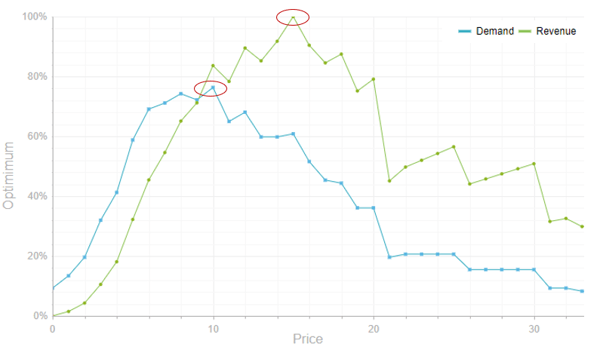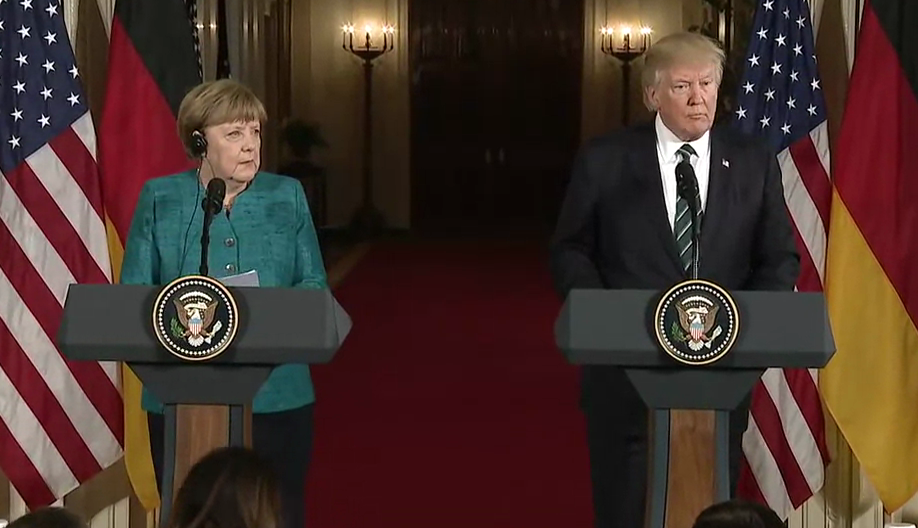5 Ways Price Research Can Support Marketing Budget Decisions
 PriceBeam
·
2 minute read
PriceBeam
·
2 minute read

Marketing teams face annual budgets for their various investments in brand equity creation, product development, promotions, advertising and much more. Price research can contribute in a number of highly valuable ways when it comes to these decisions.
1. Understand if the brand (or individual product) is considered over-valued or under-valued by the customers: Willingness-to-pay research is a great indicator of how much value customers associate with the brand in comparison to the current price. Take an example like this chart from the PriceBeam solution:

Where the revenue curve is peaking is the optimal price point. However, if the current price is to the right of the peak, then the brand is over-valued, as the price is higher than what the majority of customers are willing to pay. Conversely, if the current price is to the left of the optimum, then the brand is under-valued, as customers actually think it is more valuable than what is captured through the current price.
2. If the brand is over-valued: when customers don’t put the same value on the brand as the price reflects, then the brand has some issues that need to be addressed. Very often this is something Marketing could (or should) address. Over-valued brands may need communication support. Or maybe they need additional value injected through product development.
3. If the brand is under-valued: customers thinking they get more value than they pay for are of course great to have. But it also means there is a potential price increase lurking around the corner. Under-valued brands should be strong candidates for price increases as customers willing to pay more, but they should also be supported with additional marketing investments, as there is clearly a strong fit with customers.
4. Understanding customer segments’ willingness-to-pay: Not all customers are willing to pay the same. Quite the contrary, it is the norm that some have a (much) higher WtP than others. Using price research to establish how WtP varies by customer segment and who these customers are, can bring great insights into how a marketing plan should prioritise its expenditures towards activities that recruit more of the customer segments with the highest willingnesses to pay. Similarly, mechanisms that re-enforce recruitment of low-WtP segments should be avoided in any ambitious marketing plan. This is where many consume-as-much-as-you-can-for-a-fixed-price schemes have failed, in both B2C and B2B. Not necessarily because of the economics of an existing customer, but rather because they attract new customers with lower willingness-to-pay and higher propensity to consumer.
5. Understanding value attributes: what features or benefits of your product or service are valued by customers? What attributes are not? If marketing doesn’t have facts about this, then marketing activities often are brought into play that emphasise things that are not interesting for the target market, or don’t highlight benefits that are actually of higher value to the audience than expected. Running a value-attribute price study, such as PriceBeam’s method based on conjoint analysis, can help marketing teams understand what features and benefits to highlight in next year’s activities and what features to not waste efforts on.
PriceBeam helps companies of all sizes and all industries understand their customers willingness-to-pay and provides quick and cost-effective insights at the press of a few buttons through its unique and powerful cloud-based research platform. Visit our website to learn more.
.png?width=400&height=100&name=PBLogoTransparent%20(1).png)



